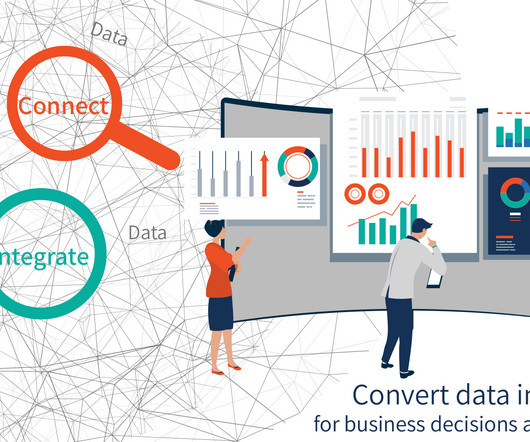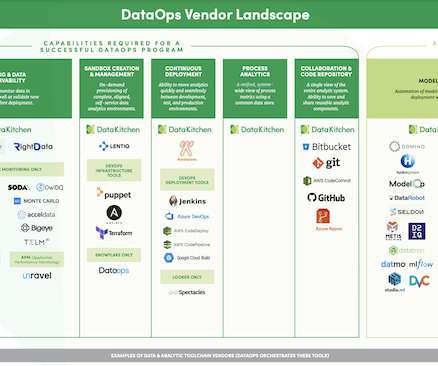Do You Know Where All Your Data Is?
Cloudera
JUNE 22, 2023
The stringent requirements imposed by regulatory compliance, coupled with the proprietary nature of most legacy systems, make it all but impossible to consolidate these resources onto a data platform hosted in the public cloud. Flexibility. This minimizes upfront disruption while reducing maintenance costs over time.














Let's personalize your content